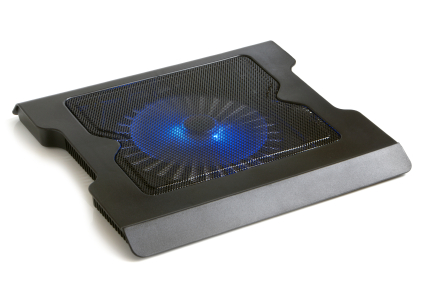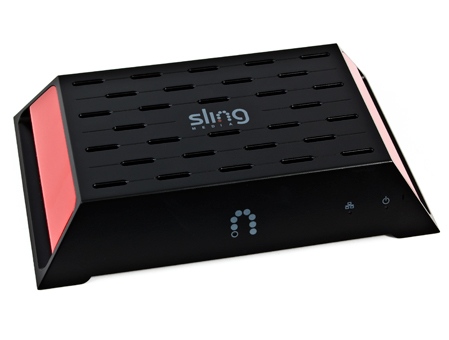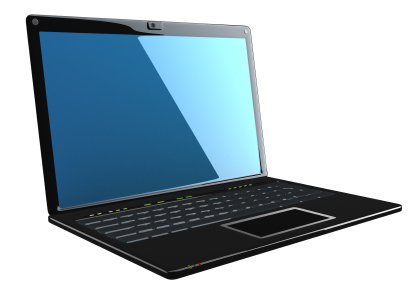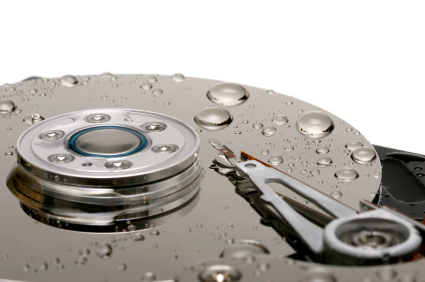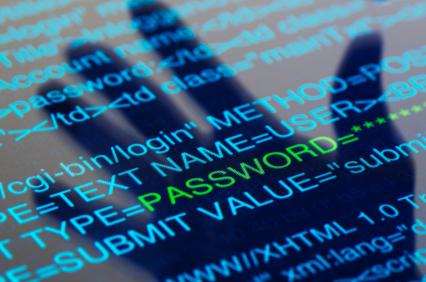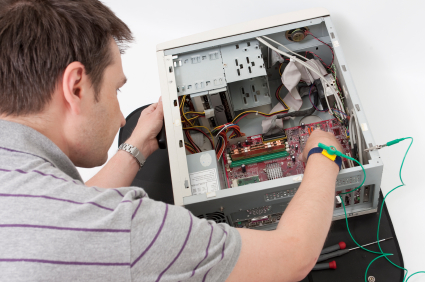
Computer repair and computer upgrades often go hand in hand, mainly because when something inside a computer breaks, it presents a good opportunity to get stuck in a replace a few components at once. But that process isn’t always the most cost-effective; in fact, many people decide that upgrading simply isn’t worth the expense. Whilst it’s true that there are a several parts of a computer which are pricey to replace – the main processor, for example – there are plenty more that can be replaced relatively cheaply if you find a good deal but have a big effect on performance. So let’s take some time to find out how to upgrade your computer including which parts of your computer you can upgrade cheaply, but which will also result in a noticeable performance boost.
Install new memory sticks (RAM)
Memory is one component that’s both low cost and easy to install. Even if you’re not a computer wizard, you should still be able to install sticks of RAM without too much trouble. If you have a 32-bit Windows operating system, you’ll be limited to 4GB of RAM, whereas if you have a 64-bit flavour of Windows, you’ll be free to install much more memory, depending on your OS. For example, if you have 64-bit Windows 7 Ultimate, you can install up to 192GB of RAM. You can find 2GB sticks of RAM for as little as $10, so it’s very cost-effective to upgrade. And the benefits you’ll see on your computer will be more stability, faster loading times, and the ability to run multiple apps at once.
Upgrade your power supply (PSU)
Many PC gamers have come across the problem of poor performance in certain games, and usually resort to upgrading their graphics card to make a markable difference. However, it’s not always this component that’s the source of the problem. Many modern graphics cards, including the latest GeForce 600 series, require at least 500-watt power supplies in order to run at their best. With most ‘package’ PCs coming with just 300-watt PSUs, you can see why people would run into trouble. A new PSU of at least 500-watt can be found from only $16 on the web, and they’re a piece of cake to install.
Invest in a middleweight graphics card
Speaking of graphics cards, these are also a key component that can be upgraded cheaply and make a real difference to performance – specifically to gaming and video playback. In a world of HD, having a good graphics card is almost essential. And now there are plenty of cards in the mid-range which are ideal for playing the latest titles as well as playback of HD video at 1080p. On top of that, a good mid-range card can also help with graphics editing software like Adobe Photoshop. At the present time, the best graphics cards for under $150 would be either the Radeon HD7770 or the GeForce GTX560 SE. Either of these will allow you to play the latest games and watch the latest movies in glorious HD.
Update your soundcard and system
Another cheap and easy way to boost your rig is to upgrade your soundcard and sound system. There are now lots of affordable 5.1 sound systems that offer top quality cinema-like sound for a budget price. All you’ll need is a low-cost 5.1 sound card, which are available for just a few dollars, and a good sound system from a manufacturer like Creative (available from as little as $57). This combination will bring a new dimension to your music, movies, and video games. Lots of people forget to upgrade their sound when they upgrade their computer, but it’s one of the best ways to maximise your experience without having to shell out too much cash. And you’ll be able to enjoy movies in awesome 5.1 digital sound – the way they’re meant to be heard.
So there you have it: four cheap ways to turn your rig into a budget monster. But don’t forget: if you’re not confident in upgrading the parts yourself, or if you have any computer issues that require a professional to repair, you can use TalkLocal to locate computer repair services in your area. Just use TalkLocal to find a local computer repair service you can trust, then focus on the more important thing: enjoying your newly upgraded computer!


